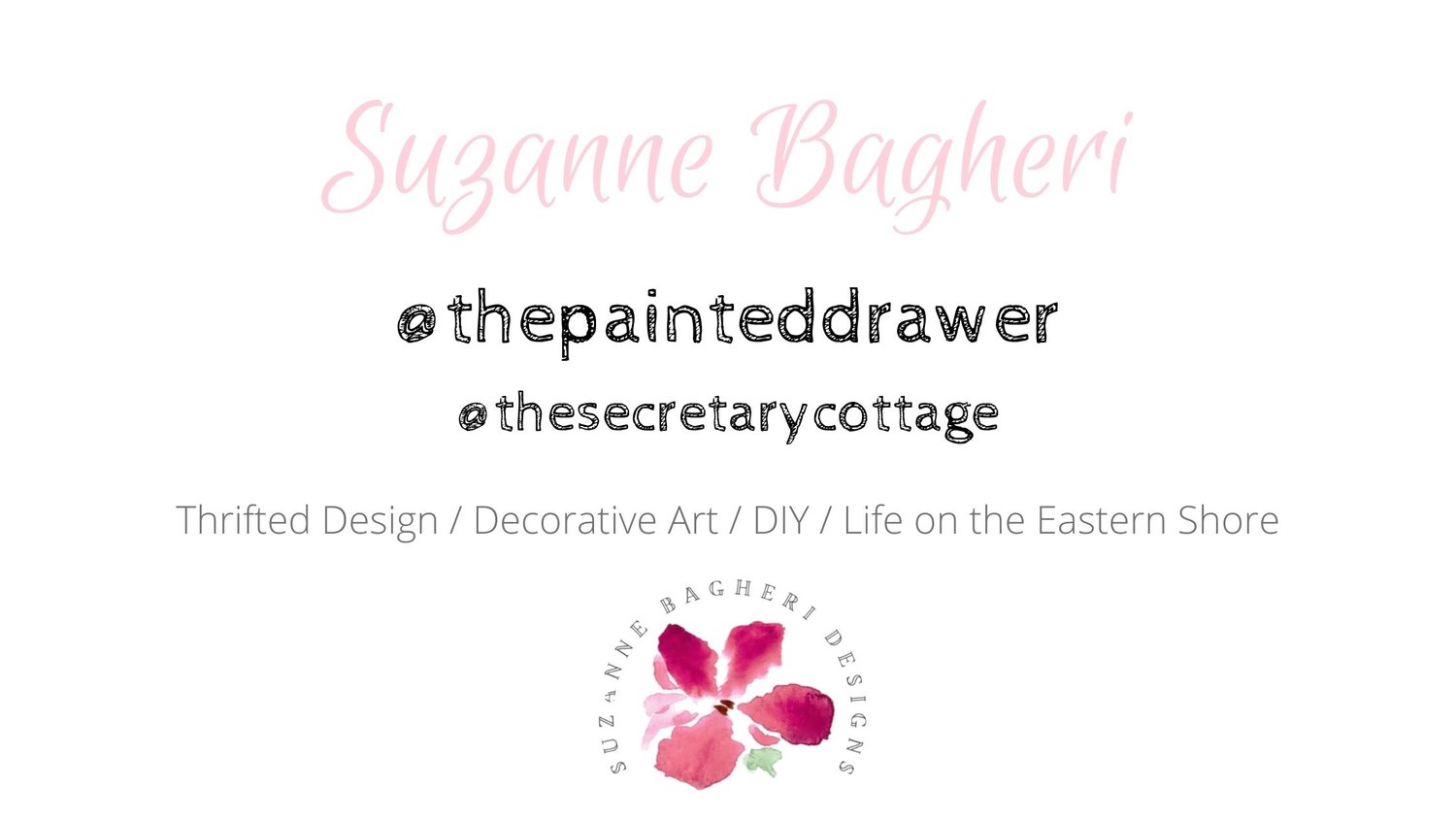How Your Home Affects Your Mood: The Psychology of Your Living Space
partnered post
Your home is more than a mere place for sleep, it's an extension of yourself, an oasis of comfort, and, hopefully, a source of peace. Have you ever considered how your living space affects your mood? Interestingly enough, even small changes can have significant effects on emotions, productivity, and overall well-being. From color palettes to clutter, each detail plays a part in creating an uplifting space that sets the stage for each day ahead.
The Power of Color Psychology
Your surrounding colors have the power to alter your emotional state, or worse. Bold reds and oranges can be stimulating but in large doses can become tiring. Soothing blues and greens help relax while blue-green mixes relax you further. Muted tones such as gray and beige provide focus when needed. When creating harmony in an overly intense or dull living area, experiment with accent pillows, wall art or an area rug.
The Impact of Natural Light
If the phrase, "First you drink coffee, then do the things," is made for you, natural light may be your next big fix. Ample sunlight in your home serves not just aesthetic purposes, it provides your body with biological signals to remain alert and uplifted while dim rooms may leave you feeling lethargic or low on energy. To maximize daylight's benefits in your space, clear all obstructions from windows while using sheer or light-colored curtains with strategically placed mirrors.
Floor Lamps and Their Effect on Mood
Floor lamps play more than just their intended function, they play a big role in shaping the ambiance of any given room and shaping your emotional state. The type of light emitted by floor lamps (warm, cool or adjustable) can have different impacts on your emotional well-being. Warm-toned lighting from floor lamps provides a cozy and relaxing ambience whereas brighter or cooler-toned lights may energize and focus the mind, ideal for work or study areas. Choosing floor lamps with dimmable or color changing capabilities gives you complete control to create either soothing or stimulating environments according to your personal needs.
Scents and Sensibility
Do not underestimate the power of scent. Scent triggers memory and emotion, so your home could smell like your favorite spa (or last night's questionable takeout). Diffuse essential oils like lavender for relaxation or citrus for an instant pick-me-up. Candles, fresh flowers or cinnamon sticks on the stovetop can also instantly change the olfactory vibes in a room to set an uplifting atmosphere in any space in your home. Take charge and experience how your attitude shifts with every scentful change you make in your environment.
Making Peace with Noise Levels
Environmental noise can have a greater impact than we realize. Setting boundaries around noisy activities in your household may help restore peace and maintain wellbeing for everyone living under one roof. Invest in a white noise machine, play soothing background music or soundproof specific areas if peace seems hard to achieve in your home.
Conclusion
Your home is an emotional amplifier, whatever you put into it comes back out. By understanding subtle yet powerful factors like color, light, decor and scent you can craft an environment that supports you rather than hinders. Take some time to assess how your environment is impacting your mood. Is it lifting you up or holding you back? With some intentional changes your home could become the ultimate mood-boosting masterpiece. After all, happiness begins in its own four walls.


